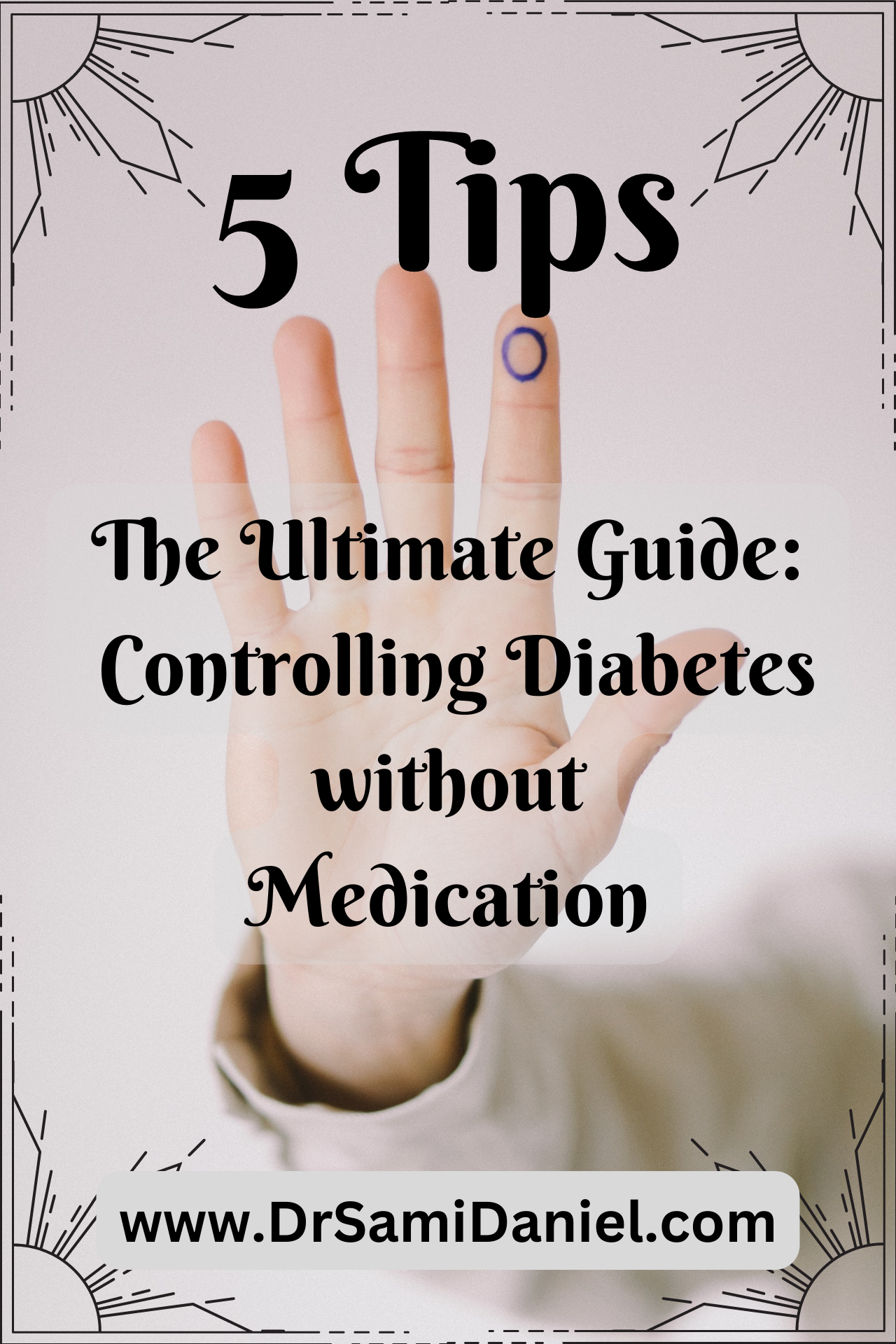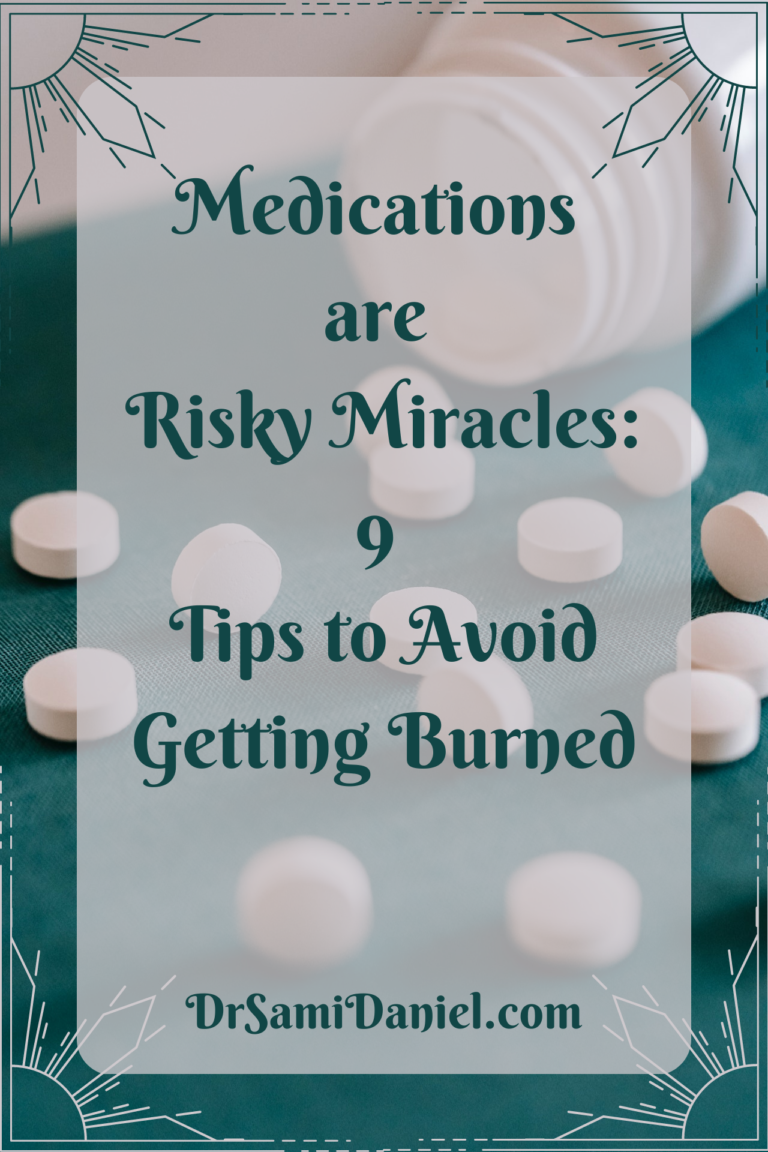Diabetes Costs $16,752 per Year: How to Save Your Money AND Your Health
In the year of 2017, the American Diabetes Association found out that diabetes costs about $16,752 per person, per year on average.1, 2
Of that money, the direct cost of diabetes is about $9,601; and the indirect cost of diabetes is about $7,151.1, 2
The American Diabetes Association also found out that this number went up 26% since the year of 2012.1, 2
As of the writing of this blog post, the year is 2023; another 6 years have passed since the ADA published their study.
Assuming that trend continued, the cost of diabetes might have gone up another 26%; but let’s stick with the latest published findings of $16,752.
Keep in mind, this price tag includes the direct cost of diabetes management and indirect cost such as managing complications of diabetes or lost productivity while being hospitalized.
However to put that cost in perspective, in the year of 2023 you can use that money to buy:
- A Harley-Davidson (depending on the model)
- 16 iPhone 14 Pro’s
- 1,675 Domino’s large pizzas
- 9 months of rent on average in the U.S.
- 6,297.7 dozen eggs (this seems to change every week these days)
- ⅓ of the average cost of a new car
- ~ 5 new top-end computers
- ~ 4 85” SAMSUNG Neo Tv’s (2022 model)
- 56 to 111 trips to the grocery store for 1 month of groceries per person
- ~ ½ the average cost of a wedding
- Down payment on a house
So…
Is it expensive to live with diabetes? You bet!
Do I want to use that money in other ways? YES!
But how do you reduce the cost of diabetic management without compromising your health?
Let’s start with the boring stuff.
I’m going to itemize everything so you don’t have to waste your time.
Itemized Diabetes Cost
The American Diabetes Association breaks down the cost into 2 categories:
Direct Cost
- “Hospital inpatient care – 30% of the total medical cost”1
- “Prescription medications to treat complications of diabetes – 30%”1
- “Anti-diabetic agents and diabetes supplies – 15%”1
- “Physician office visits – 13%”1
That is a general cost per person across the country. I would break this down to a personal level:
- Doctor’s visits every 3 months
- Copay ~ $25 (Depending on your insurance plan; I’ve seen copays as high as $150 just for a visit to the primary care provider’s office)
- Self-pay ~ $79 – $172 (Depending on where you live in the country)
- Time off work – Time is money; and employers don’t always pay for lost time at the doctor’s office.
- Vehicle miles to the doctor’s office ~ 65.5 cents per mile based on the IRS standard for the year of 2023.
- Medical Insurance
- Premium ~ $438 per month3
- Deductible ~ $2000 for an individual; ~ $4000 for a family4
- Medicines
- Self-pay ~ $200 to $500 per month * 12 months = $2,400 to $6,000 per year.
- Copay ~ $10 – $50 per medication, per month * 12 months = $120 to $600 per medication, per year.
- Testing Supplies
- Glucometer (the machine that tests your blood sugar levels)
- Test strips
- Lancets
- Insulin pumps and other durable medical equipment
- Complications of Diabetes5
- Emergency department visits
- Hospitalizations
- Medications needed to prevent or treat problems that enhance the negative impact of diabetes including but not limited to:
- Blood pressure medication
- Cholesterol medication
- Cardiovascular disease
- Kidney damage or failure; requiring hemodialysis
- History of stroke or heart attack
Indirect Cost
- “Increased absenteeism – $3.3 billion”1
- “Reduced productivity while at work – $26.9 billion for the employed population”1
- “Reduced productivity for those not in the labor force – $2.3 billion”1
- “Inability to work as a result of disease-related disability – $37.5 billion”1
- “Lost productive capacity due to early mortality – $19.9 billion”1
Again, this is a general cost to the country as a whole. Personal cost would include:
- Lost wages – Employers don’t always pay for time away from work.
- Lost family time – Precious moments are not often made at the doctor’s office or in hospital beds.
- Complications of diabetes – I think this bears repeating as noted above.
Now you know the upfront cost and the hidden fees of diabetes.
Let’s figure out what we can do to negotiate a lower price and maximize healthy life.
How Do I Prevent Diabetes?
Prevention is the best money-saving and life-saving tip.
In fact, medical expenses start to rise up to 5 years before diabetes is diagnosed; with the sharpest rise in the year of diagnosis.6, 7
Khan et al compared newly diagnosed people with a control group. They found that newly diagnosed people spent about $8941 more in the 5 years before diagnosis; and about $4828 of that money was spent in the year of diagnosis.6, 7
Now, this does not mean that you will save money if you are not diagnosed with diabetes. In fact, you may lose more money over time from the lack of control over a dangerous and insidious disease.
However the first step is to prevent diabetes.
How do we prevent diabetes?
By being vigilant.
We monitor. We detect. If we find something developing, we take action.
How Do I Detect Diabetes Before It Happens?
About 10% of Americans have diabetes. Of those people, 20% do not know they have diabetes.8
About 33% of Americans have prediabetes. Of those people, 80% do not know they have prediabetes.8
With so many people who do not know their status, many people are diagnosed for the first time in a hospital bed.
It doesn’t have to be this way!
We want to find the problem before an emergency.
There are two ways to detect diabetes:
- Awareness of symptoms – Symptoms include but are not limited to:
- Feeling excessively thirsty
- Needing to pee a lot (which is not necessarily connected to how much water you might be drinking)
- Feeling more hungry than usual
- Gaining or losing weight unintentionally (oddly enough, weight change can happen in either direction)
- Feeling tired or fatigued
- Feeling irritable or easy to anger
- Blurry vision
- Tingling and/or numbness of your hands and/or feet
- Consistent blood work – Usually done during an annual exam if you are not known to have diabetes.
- The doctor will test your hemoglobin A1C. If positive, then more thorough and consistent testing will be required.
- Checking blood glucose daily will be important. Keep a log at home to track your levels and dominate diabetes.
- Other blood work like cholesterol levels will be important since diabetes puts you at greater risk of cardiovascular disease.
If you notice any of these signs or symptoms, then you are due for a doctor’s appointment.
If you are diagnosed with diabetes, then the next question is…
How Can I Save Money on Diabetes Medication?
We’re all looking for a bargain. If we are not careful, diabetes threatens to deplete our health and our savings.
Here are some noteworthy suggestions on how to protect both.
- Can diabetes education classes help save me money?
- The last thing you want to do is go back to school.
- However these classes are designed to address the most important concerns for a person newly diagnosed with diabetes.
- That includes the cost of medications and supplies; and how to use them efficiently.
- These classes are often free and can be found in your local community.
- If you cannot find a local class, check out the listings on the website for the American Diabetes Association.
- Can my primary care provider offer me cheaper alternatives?
- Yes; but you have to ask.
- That’s not to say that your provider will always choose expensive options. However your provider may choose a medication with your health in mind; not necessarily your budget.
- So be upfront about your financial status so your provider can work with you on alternative options.
- They may also have free samples that you can use to help curb the cost.
- Can my pharmacist help me with the cost?
- Yes; again, you have to ask.
- The pharmacist must give you the prescription that your doctor signed. However, your pharmacist can suggest alternative options to request from your doctor.
- Additionally, your pharmacist can help you find discounts with drug discount cards.
- Can the manufacturer offer discounts?
- Yes; but you have to look for them.
- Companies usually offer discounts and coupons on their medications through their website.
- You can access their website or do a google search.
- Can my insurance company help save me money?
- I personally find it difficult to keep track of changes. It seems insurance companies change their formularies too frequently.
- However insurance companies often make their formularies (a list of covered medications) available to the public.
- Just google your insurance company plus “formulary” plus the medication.
- You can also give them a call to determine which medications they cover.
- You can take this knowledge to your doctor and ask him/her to prescribe that medication; which will save you money.
- Can I save money at the grocery store?
- Purchasing whole foods like produce and lean meats can be expensive.
- However what you save at the grocer’s checkout counter might be spent at the pharmacy and doctor’s office for medications and visits.
- To make the dietary transition, look for coupons and sales.
- Incorporate more whole foods back into your diet.
- When done slowly, you establish successful habits and build on a solid foundation.
- If successful, then you will notice fewer trips to the pharmacy and/or less cost of medication.
- Can I save money with exercise?
- Yes.
- You don’t have to invest in a gym membership.
- Strategic exercise can help control diabetes and cut the cost of medications.
- Be sure to go for a walk 30 to 45 minutes per day.
- For maximum impact, walk after dinner. This will stunt the blood sugar spike and control diabetes better.
- If done consistently and if you take your medications as directed, you should see an improvement in your hemoglobin A1C levels by your next doctor’s appointment.
- Improved hemoglobin A1C may convince your doctor to cut medications and therefore cut the cost.
Conclusion
Diabetes is expensive!
You can save money and save your health!
But you have to put in a little work.
Exercise your massive money-saving skills by shopping around, finding bargains, and securing the lowest price.
Thank you for reading!
If you found this content valuable, then please subscribe to my newsletter below for more powerful information delivered directly to your inbox!
References
- The Cost of Diabetes – American Diabetes Association
- American Diabetes Association. Economic costs of diabetes in the U.S. in 2017. Diabetes Care. 2018;41(5):917-928. doi:https://doi.org/10.2337/dci18-0007
- How Much Does Health Insurance Cost Per Month?
- How Much Does Health Insurance Cost in 2023?
- Diabetes Complications Are Costly in Older Adults – Centers for Disease Control and Prevention
- Higher costs of diabetes start at least 5 years before diagnosis – American Medical Association
- Khan T, Yang J, Wozniak G. Trends in Medical Expenditures Prior to Diabetes Diagnosis: The Early Burden of Diabetes. Popul Health Manag. 2021 Feb;24(1):46-51. doi: 10.1089/pop.2019.0143. Epub 2020 Feb 3. PMID: 32013762; PMCID: PMC7875131.
- The Facts, Stats, and Impacts of Diabetes







